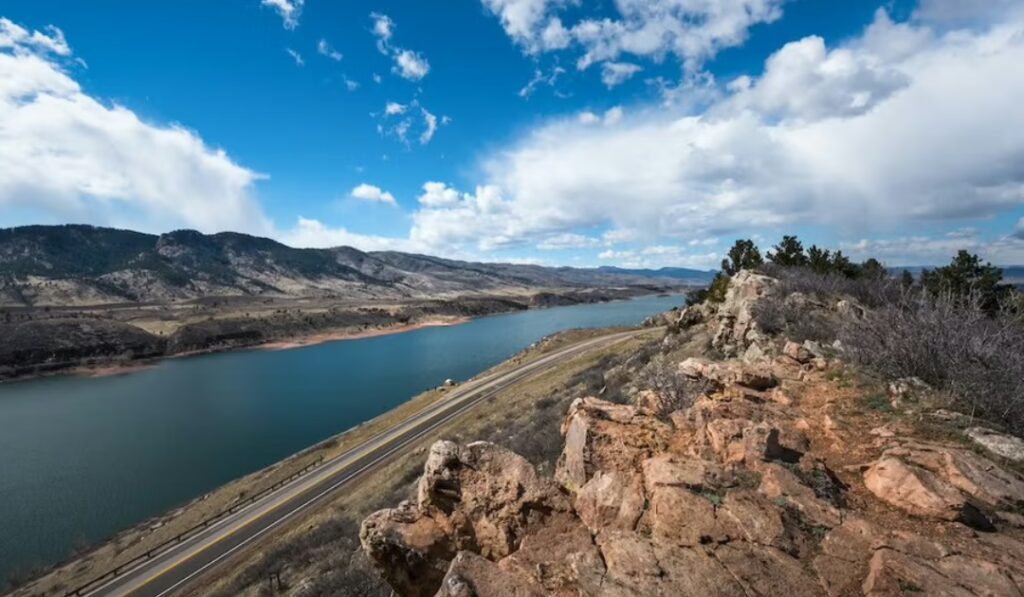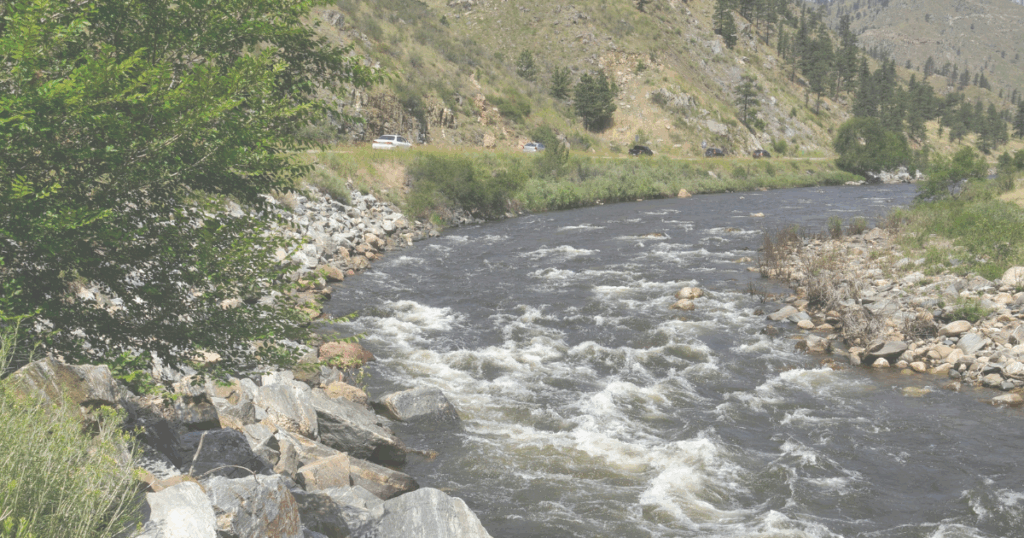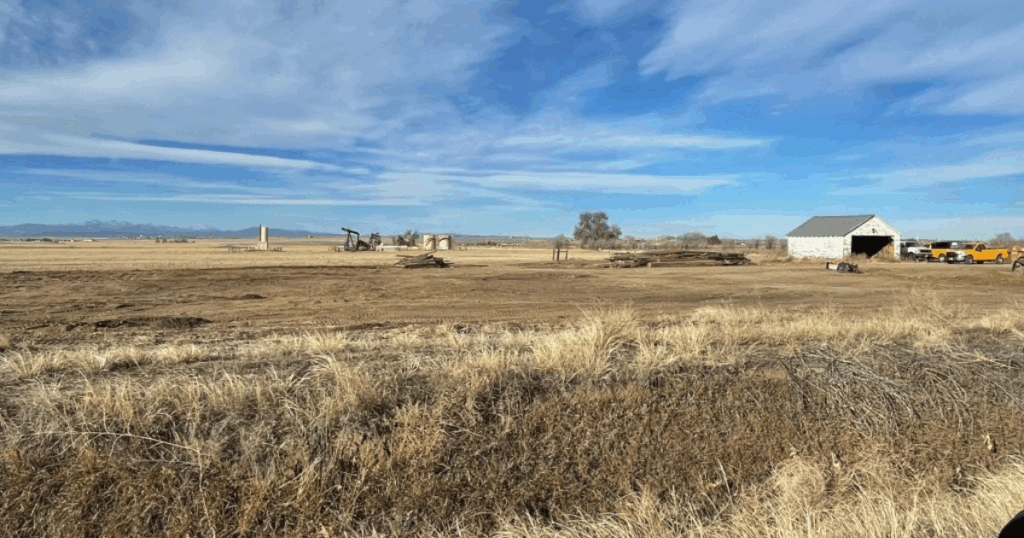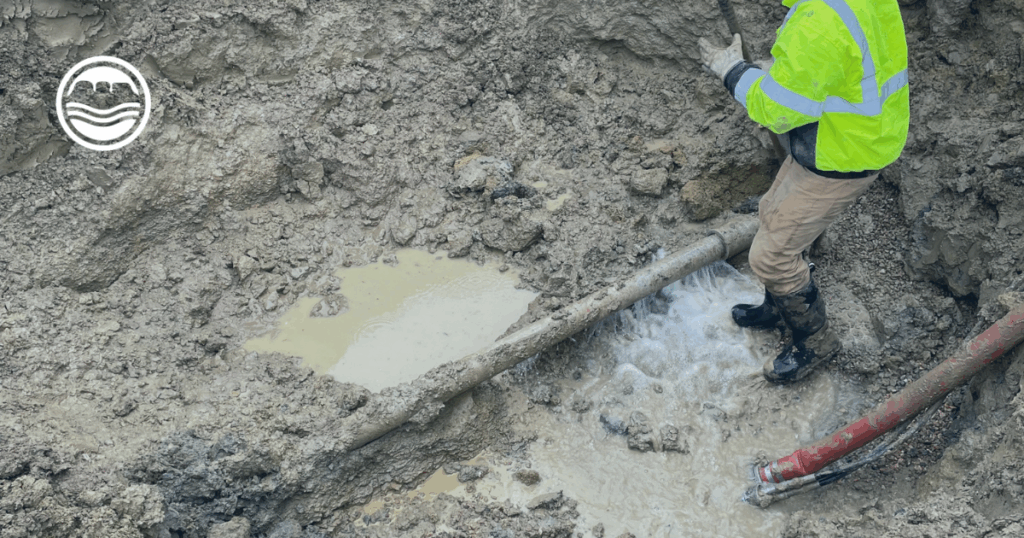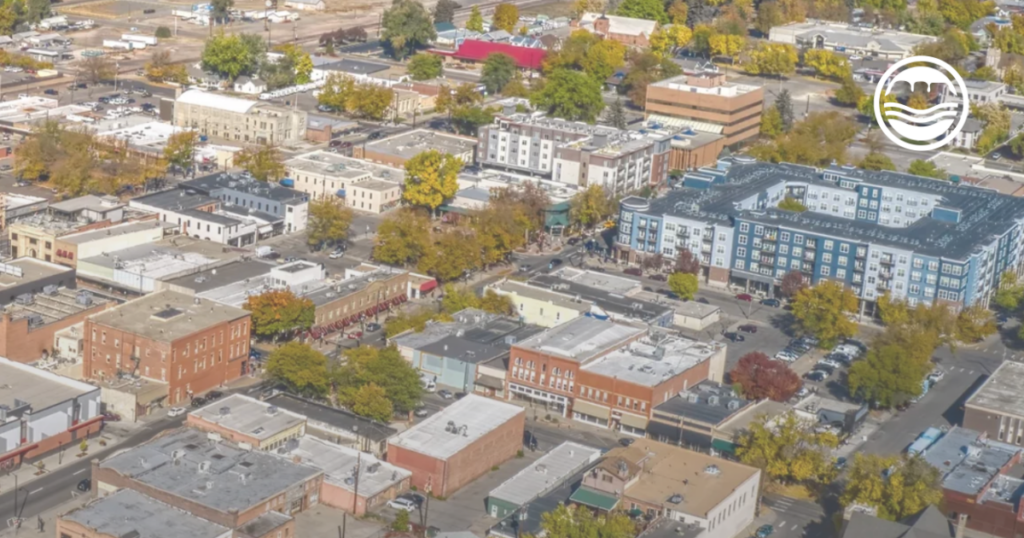The Colorado River and its tributaries are a powerful water source, supplying water to over 40 million people across seven U.S. states: Colorado, Wyoming, Utah, Arizona, Nevada, New Mexico and California, and two states in Mexico. What starts as a tiny stream trickling out of Rocky Mountain National Park travels 1,450 miles, irrigating crops and supporting ecosystems before reaching the Gulf of California in Mexico.
The Colorado River significantly impacts economies, cultures and ecology everywhere it goes and beyond. The challenges of balancing the supply and demand of this water system is a source of constant study, debate and controversy. For this blog, we will simply discuss the river’s importance to our Northern Colorado community and how you can reduce your impact on this water system.
The Colorado River in Northern Colorado
The Colorado River plays a crucial role in our water supply in Northern Colorado, thanks to the Colorado-Big Thompson (C-BT) Project. Operated by Northern Water, the C-BT Project diverts water from the Colorado River headwaters on the western slope through a network of tunnels and reservoirs into the eastern slope, including the reservoirs we know and love here on the Front Range. This infrastructure allows communities like ours to benefit from Colorado River water even though we’re miles away from the river itself.
The C-BT project began in 1938 during the Great Depression and took nearly 20 years to complete. During the Great Depression, drought ravished Northern and Eastern Colorado. Although many rivers begin in Colorado’s Rocky Mountains, many of the waters flow to the west of the mountains, leaving communities on the east side of the mountains, on the Front Range, with very little water, even more so in times of drought.
The U.S. Bureau of Reclamation oversaw the massive project of shuttling water from the western slope of Colorado to the eastern slope. Learn more about the project’s incredible feats and timeline at Northern Water’s C-BT History page.
The first water was delivered through the C-BT project in 1947, and today, the project continues to provide supplemental water to 33 municipalities and 130 ditch, reservoir and irrigation companies, supplying approximately 615,000 acres of community and farmland, including our community here at FCLWD. The entire system includes 12 reservoirs, 35 miles of tunnels, 95 miles of canals and 700 miles of transmission lines.
Grand Lake, Colorado, is the starting point of both the Colorado River and the C-BT Project. The lake gets its water primarily from snowmelt and natural inflows from surrounding streams in the Rocky Mountains. It is located at the headwaters of the Colorado River, meaning the water flows directly into the Colorado River system. Water is also diverted out of Grand Lake through the C-BT Project to bring water to the eastern slope of Colorado.
Why the Health of the Colorado River Matters
The health of the Colorado River is directly tied to the reliability of our water supply. The C-BT Project provides vital supplemental water to farms, businesses and homes in our District. Changes to the river’s flow or overall health—caused by drought, overuse or climate fluctuations—can have cascading effects, not just for states downstream but also for our community here in Northern Colorado.
While the Colorado River begins its journey in our state, its impact is felt across the western U.S. and Mexico. This shared resource reminds us that water connects us all, and preserving its health is in everyone’s best interest.
Why Your Impact Matters
Because water is one of our most precious resources—particularly in Colorado and across the arid western United States, where water supplies are limited and demand continues to grow—each of our actions can make an impact. The Colorado River supports millions of people, businesses and ecosystems, but it is a finite resource that requires careful management to ensure its sustainability for future generations.
Every gallon we save through individual conservation efforts reduces the strain on this vital water source. When adopted widely, small changes in our habits can have a significant impact. FCLWD has several programs to help customers reduce their water use while saving money on their water bills. While most of these programs are mainly offered in the summer, it’s never too early to start planning ahead. Our conservation programs include:
- Leak Detection: Our systems monitor residential usage, alerting us of exceptionally high use, often a sign of a leak. This tool helps detect unseen leaks, typically in residential irrigation systems, when leaks are underground. We contact customers via email and phone to inquire about their usage and let them know there may be a leak in their system.
- Slow the Flow Sprinkler Evaluation: Sprinkler systems need an occasional tune-up to run efficiently, and that’s precisely what a sprinkler evaluation is. This free, 75-minute consultation through our partners at Resource Central provides minor tune-ups and suggestions for additional changes homeowners can make to improve their system, save money and have healthier grass.
- Smart Sprinkler Controller: Like other smart home devices, such as a smart thermostat, a smart sprinkler controller can be controlled from your phone, giving you the power to manage your sprinklers remotely. Predictive technology skips water when it’s going to rain and tells you how much to water and when to irrigate less to have a healthier lawn. FCLWD customers get discounted Rachio products when they purchase through us. There are also a variety of reputable smart sprinklers available on the market (we don’t currently offer discounts on these brands) if you prefer a different brand.
- Garden In A Box: Also available through Resource Central, Garden In A Box is a curated selection of waterwise, drought-tolerant plants and flowers that allow you to transform your yard while reducing water use. Skip the lines at the nursery and the uncertainty of which plants go well together. These carefully crafted boxes make gardening easy, and FCLWD customers get a $25 bill credit when they purchase one and let our front desk see a copy of your receipt.
In addition to these programs, you can find more resources and conservation education on our website.
The River Affects Many, Let’s Take Care Of It
In regions like ours, where snowpack levels and river flows vary seasonally and year-to-year, conservation is an essential practice. It’s a way for each of us to contribute to a sustainable future. By reducing our water use today, we help ensure the availability of this critical resource for tomorrow.
Our communities in Northern Colorado would not exist as they do today without the C-BT Project since there simply is not enough water on the Front Range to sustain our ever-growing communities without bringing water over from the other side of the Rockies. We’re grateful for the innovative individuals who believed it was possible to create such infrastructure and allow us to share in the incredible resource that is the Colorado River.
 Skip to content
Skip to content
